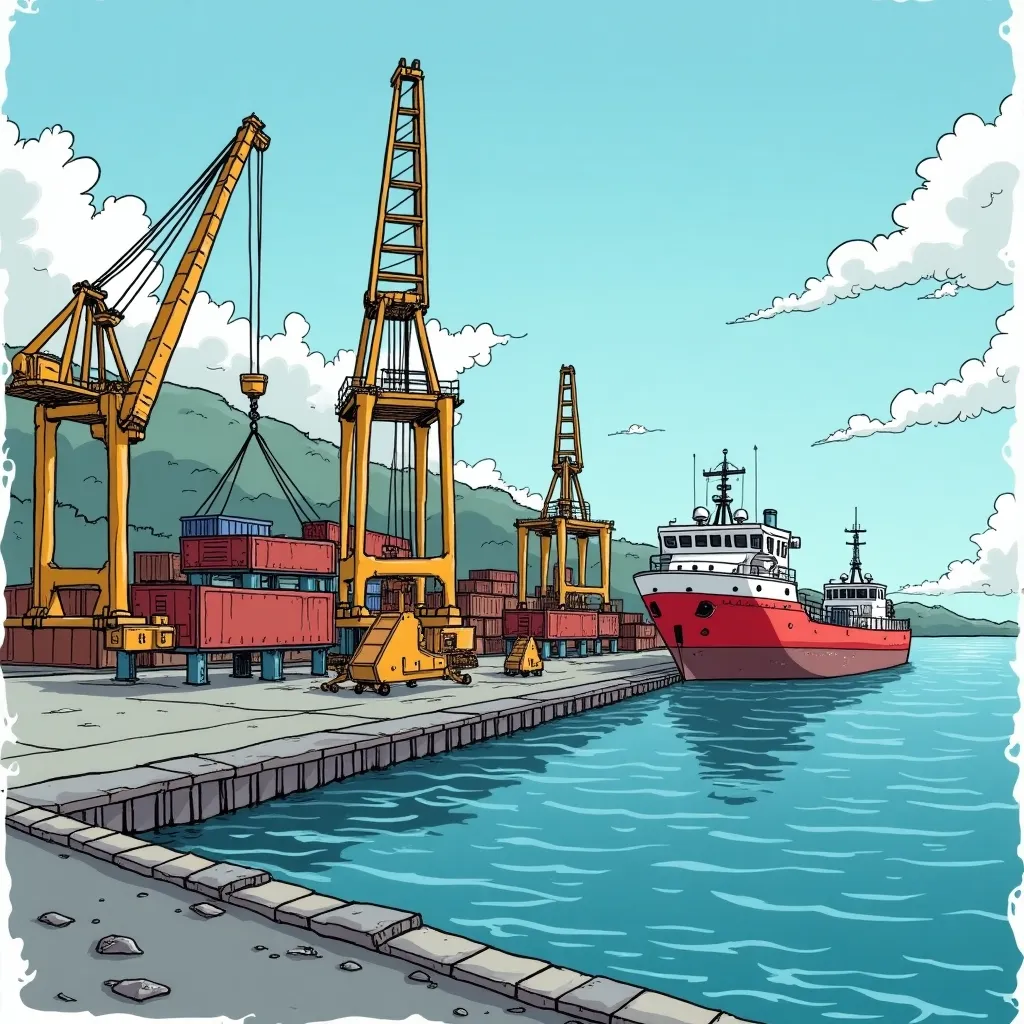**Supply Chain Chaos: Ports Strike Enters Third Day, Causing Nationwide Disruption**
As the East and Gulf Coast ports strike enters its third day, the US logistics system is showing signs of severe strain. Thousands of containers have been diverted to the wrong ports, and billions of dollars in trade are stuck on ships at anchor. Ocean carrier surcharges are mounting, and the need to use trucking and rail to move diverted cargo to its final destination is adding to supply chain costs.
According to Vizion, which tracks container movements, around 2,000 shipments may have been dropped at a port that was not their intended destination. Exclusive data from Vizion and Everstream Analytics reveals that five vessels switched their destinations on October 1 from US East Coast ports to alternative destinations in an effort to remain on schedule and move containers off their vessels.
The diversion of vessels is causing significant disruptions, with cargo being shipped to alternative ports outside the continental US. For instance, two vessels, the America and Hermann Schulte, were supposed to call at the Port of Charleston but were diverted to the Port of Freeport in the Bahamas. More than a dozen container vessels are currently waiting in the port anchorage area of Freeport.
The strike is also having a ripple effect on the economy, with perishable goods such as fresh produce and fish being particularly affected. Stew Leonard, Jr., CEO of grocer Stew Leonard’s, warned that customers may have to modify their buying habits due to the shortage of certain products. “Customers who may like the sweet Brazilian shrimp may have to buy Gulf shrimp,” he said.
Medical supplies are also a top concern, with Brandon Daniels, CEO of supply chain risk management company Exiger, noting that the health-care industry is being hit by both the strike and the war in Israel. “Many key medicines are manufactured in Israel and production is slowed by the war,” he said.
The daily hit to the US economy is estimated to be at least $500 million, which could rise to $2 billion per day if the strike lasts for several weeks. Container xChange clients have reported that companies are already struggling to absorb the new costs as carriers impose surcharges and adjust services to bypass affected ports.
The outlook remains uncertain, with many bracing for further delays and price increases. Surcharges ocean carriers are placing on containers could reach millions of dollars in penalties, according to a review of notices sent to clients. Once the ports do open, the problems for shippers won’t end, with the buildup of congestion creating massive delays in vessels unloading and containers being transported.


Leave a Reply